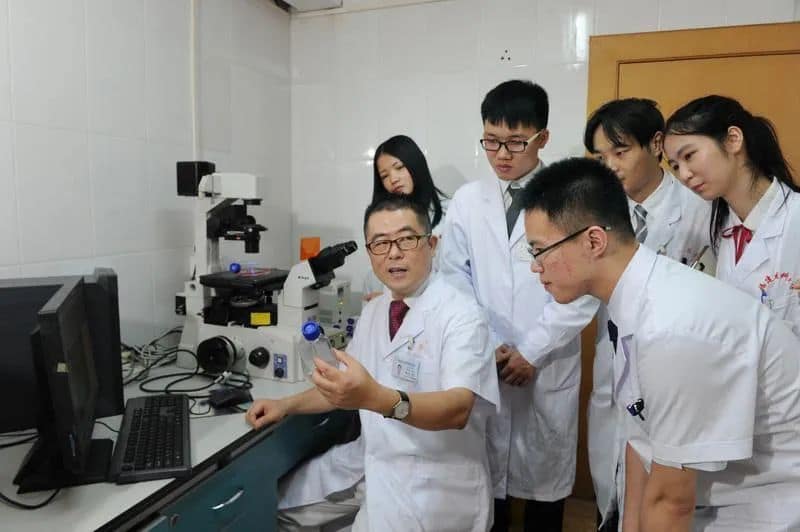
A few days ago, The “Randomized Controlled Clinical Study of Human Umbilical Cord Mesenchymal Stem Cells in the Treatment of Donor Area Wounds in Patients with Medium-Thick Skin Graft Transplantation” submitted by Professor Chen Xiaosong’s team from the Plastic Surgery Department of Union Hospital Affiliated to Fujian Medical University passed two rounds of expert reviews organized by the National Health Commission and was successfully registered, becoming the first approved stem cell clinical research project in the domestic plastic surgery profession.
Skin transplantation is a common method in plastic surgery and other professions to repair various skin defects caused by tumor resection, trauma, scar release and other reasons. Patients have many complications during the recovery process after traditional skin grafting, and the donor area is prone to scar hyperplasia after healing, lacks skin attachments, and is quite different from normal skin tissue structure and physiological functions. These shortcomings will not only affect the patient’s appearance, but also cause discomfort such as obvious itching, stinging, and even repeated infection and ulceration in the surgical area. Clinically, there is an urgent need for new methods to improve the quality and speed of healing of the donor site in patients with medium-thickness skin graft transplantation and to reduce later scarring.
This research project is based on the solid foundation and preclinical research in the early stage.The use of human umbilical cord mesenchymal stem cells (UCMSC), which are rich in sources, convenient to collect, easy to expand, no harm to donors, no ethical disputes, have the potential for industrialization and standardization of clinical treatment, and have excellent biological properties, are used to repair wounds in the donor area, aiming to improve the healing quality of the donor area in patients with medium-thick skin grafts, inhibit later scar hyperplasia, thereby reducing patient pain, promoting rapid recovery, and improving quality of life.
Today’s regenerative medicine with stem cell technology as its core is not only a vibrant and promising research frontier, but also an emerging discipline and industry that is growing rapidly and has a huge scale. Cell therapy is expected to become the third treatment option after surgery and drug treatment, leading a major change in the traditional treatment model, and has become an important chapter in the “Healthy China 2030” Planning Outline.


